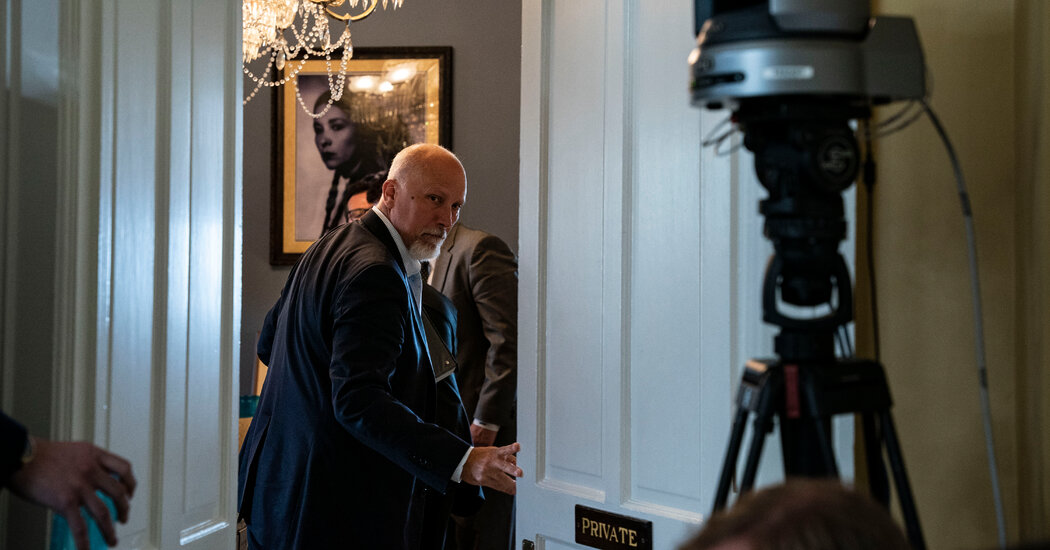Inflation Inched Higher in April, Reflecting Challenge for the Fed
The inflation numbers were heading in the “wrong direction for the Fed,” said Diane Swonk, the chief economist at KPMG. She added that she expected Fed officials to have a “heated debate” over whether they should pause in June, which would in part depend on negotiations over raising the debt limit, but the latest inflation data made it harder to make that case.
The White House and Republicans are trying to reach an agreement to raise the borrowing cap before June 5, when the United States could run out of cash to pay all of its bills on time. Failure to raise the debt limit in time to avoid defaulting on U.S. debt is likely to send the economy into a tailspin.
“If we can clear the debt ceiling, it opens the door for another hike in June,” Ms. Swonk said. She added that Fed officials could skip next month and leave rates unchanged, but she expected the central bank to raise rates again at least twice more this year.
Core services prices excluding housing costs, a measure that the Fed and economists are watching closely, rose 0.42 percent, the biggest increase in three months, said Ian Shepherdson, the chief economist at Pantheon Macroeconomics. Policymakers are already expecting housing costs to cool later in the year, because real-time private sector data has shown a slowdown in rent increases recently.
“These data raise the risk that the Fed will hike again in June, though our base case remains that rates will be left on hold,” Mr. Shepherdson wrote in a note.
If data on job growth, which is set to be released next Friday, showed a big increase in payroll gains, that would change his outlook, he said.
The Fed raised interest rates by a quarter-point this month, the 10th straight increase since last year. Policymakers have hinted that they could hold off on another increase at their next meeting on June 13 and 14. Minutes from the Fed’s last meeting showed that officials were split on their next move, with several leaning toward a pause.


